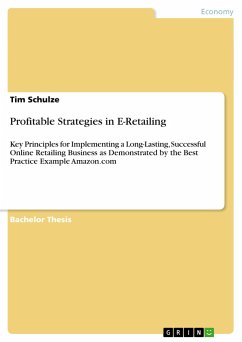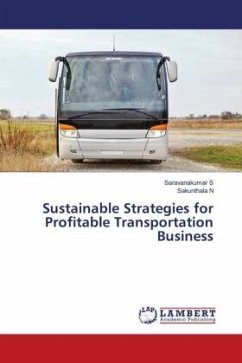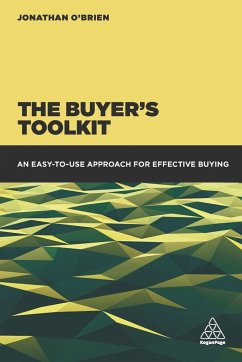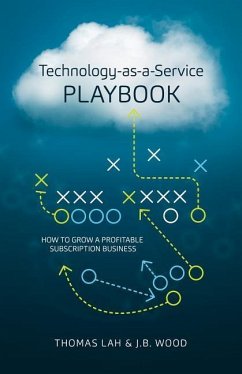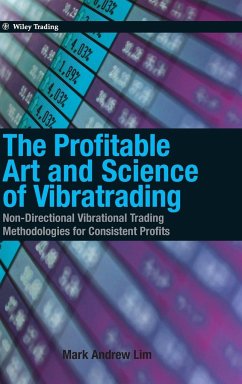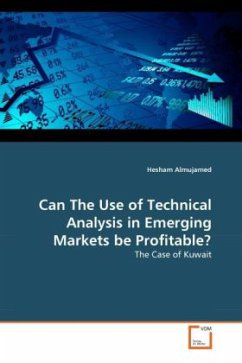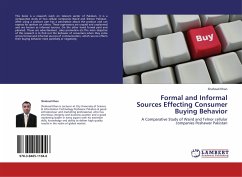Nicht lieferbar

Profitable Buying Strategies
How to Cut Procurement Costs and Buy Your Way to Higher Profits
Versandkostenfrei!
Nicht lieferbar
Improving your organization's profitability can only be achieved in three ways: increase prices, increase sales volumes or reduce costs. Competitive pressures are making the first two options increasingly difficult, which leaves cost reduction as the key option available. Profitable Buying Strategies shows you a long term, structured approach to cost reduction through smart procurement practices. This straightforward guide explains the philosophy and psychology of buying; buying concepts, tools and techniques; changes that deliver cost reduction; market testing; outsourcing and insourcing; neg...
Improving your organization's profitability can only be achieved in three ways: increase prices, increase sales volumes or reduce costs. Competitive pressures are making the first two options increasingly difficult, which leaves cost reduction as the key option available. Profitable Buying Strategies shows you a long term, structured approach to cost reduction through smart procurement practices. This straightforward guide explains the philosophy and psychology of buying; buying concepts, tools and techniques; changes that deliver cost reduction; market testing; outsourcing and insourcing; negotiation and the legal aspects; e-procurement; and organizational issues. A plethora of case studies, and appendices outlining the successful cost reduction drives of a number of major organizations, give you a real world explanation of cost reduction and procurement options to help you make your enterprise more profitable.




